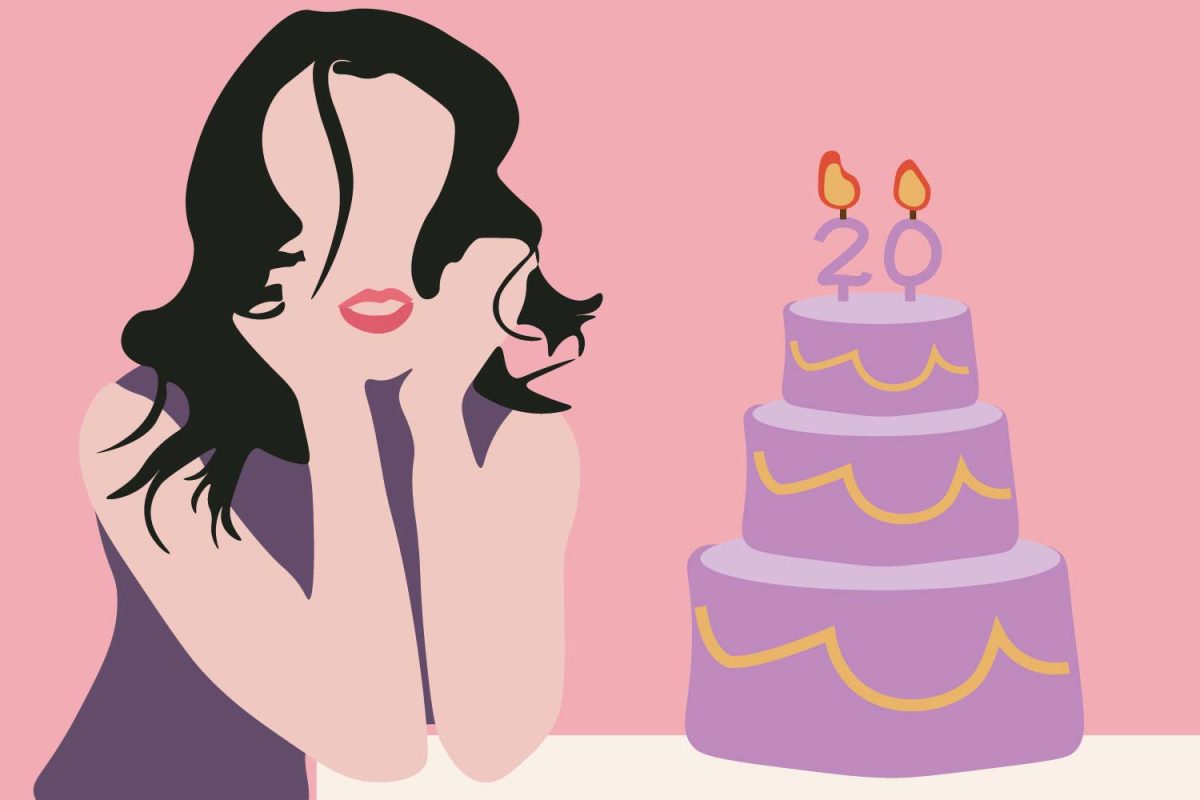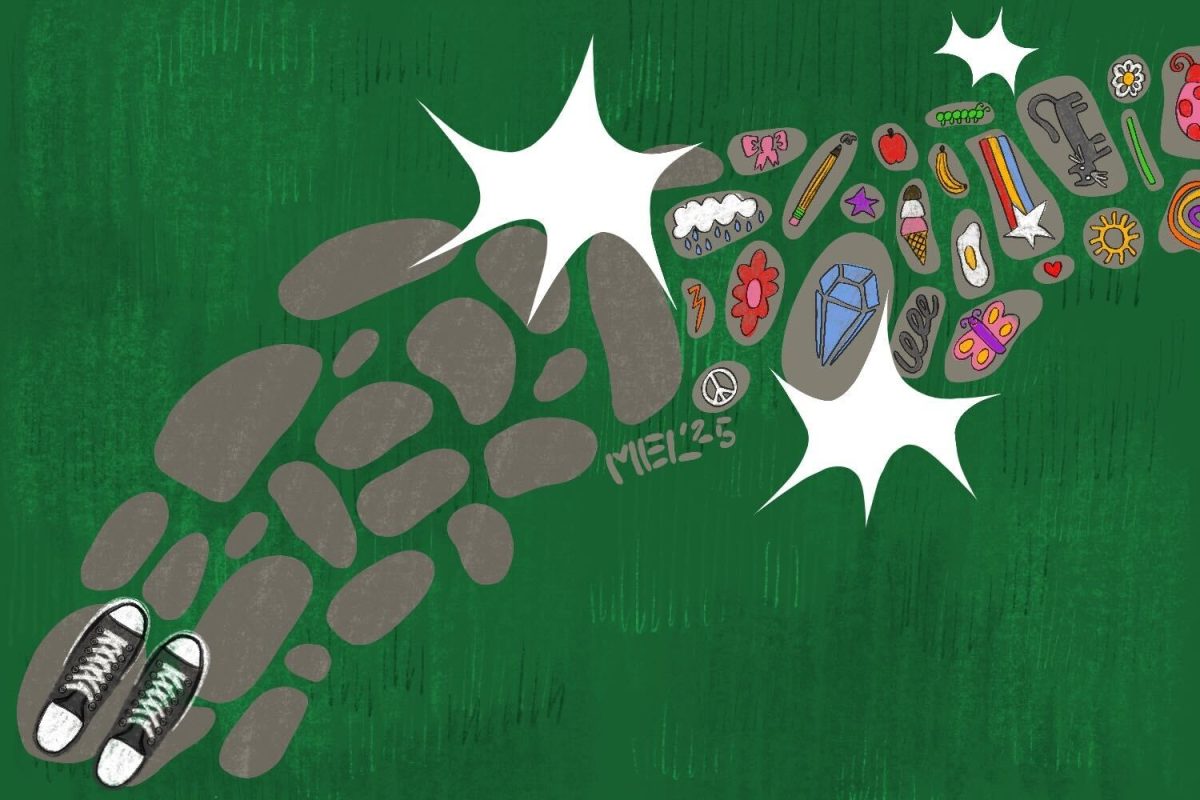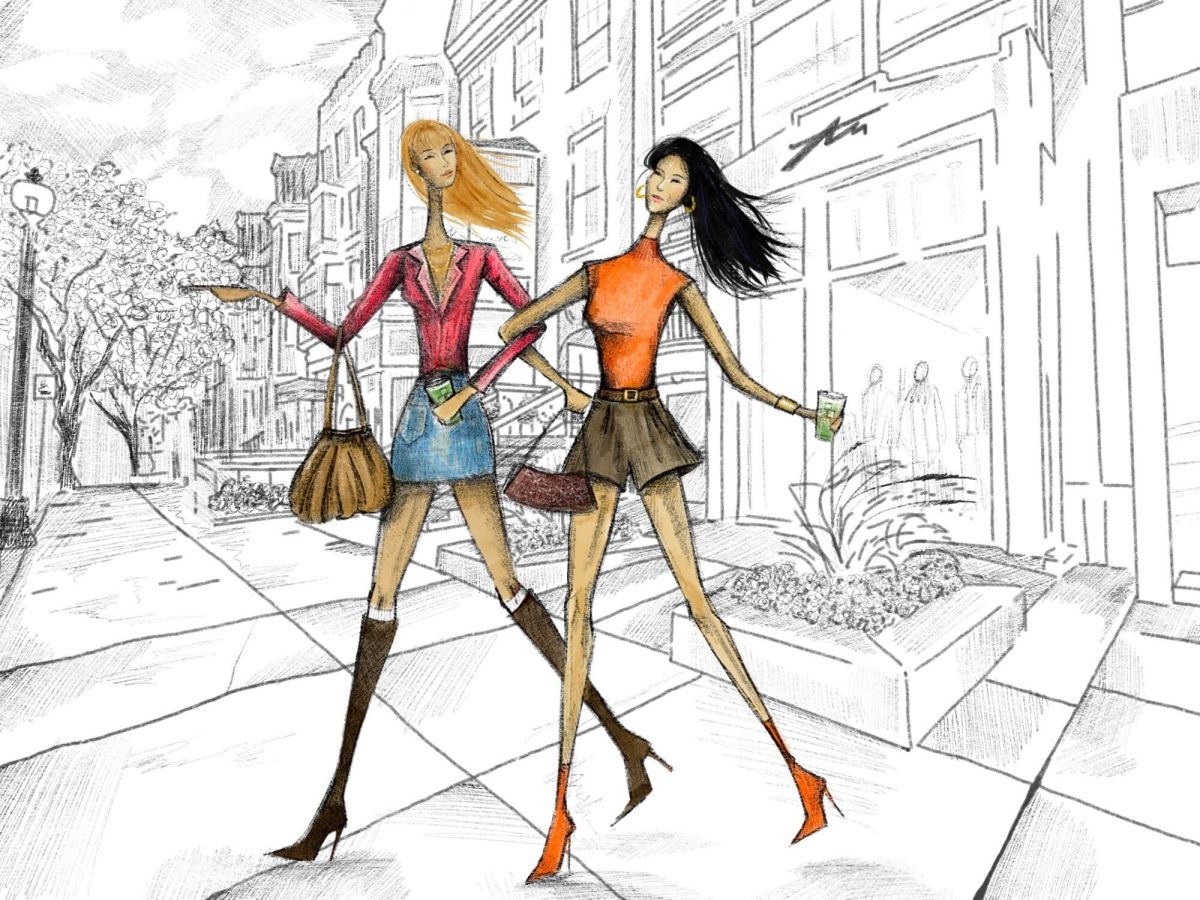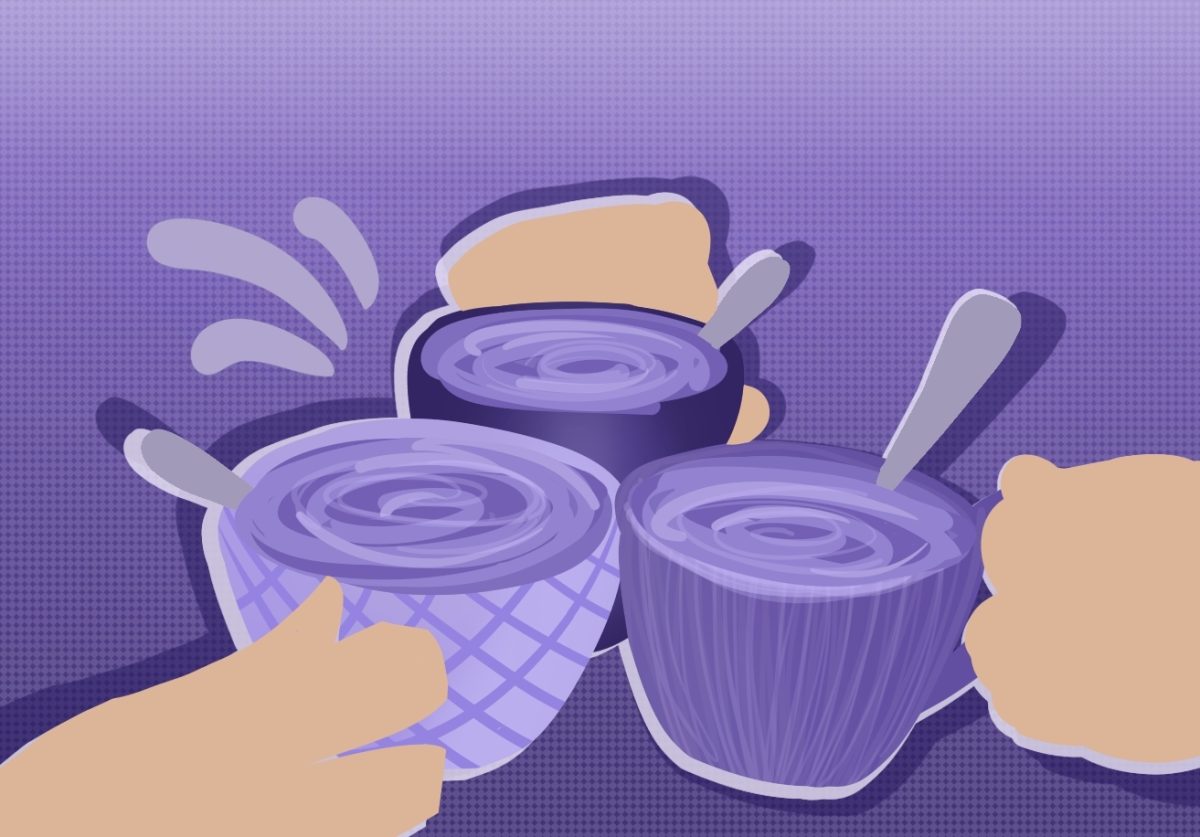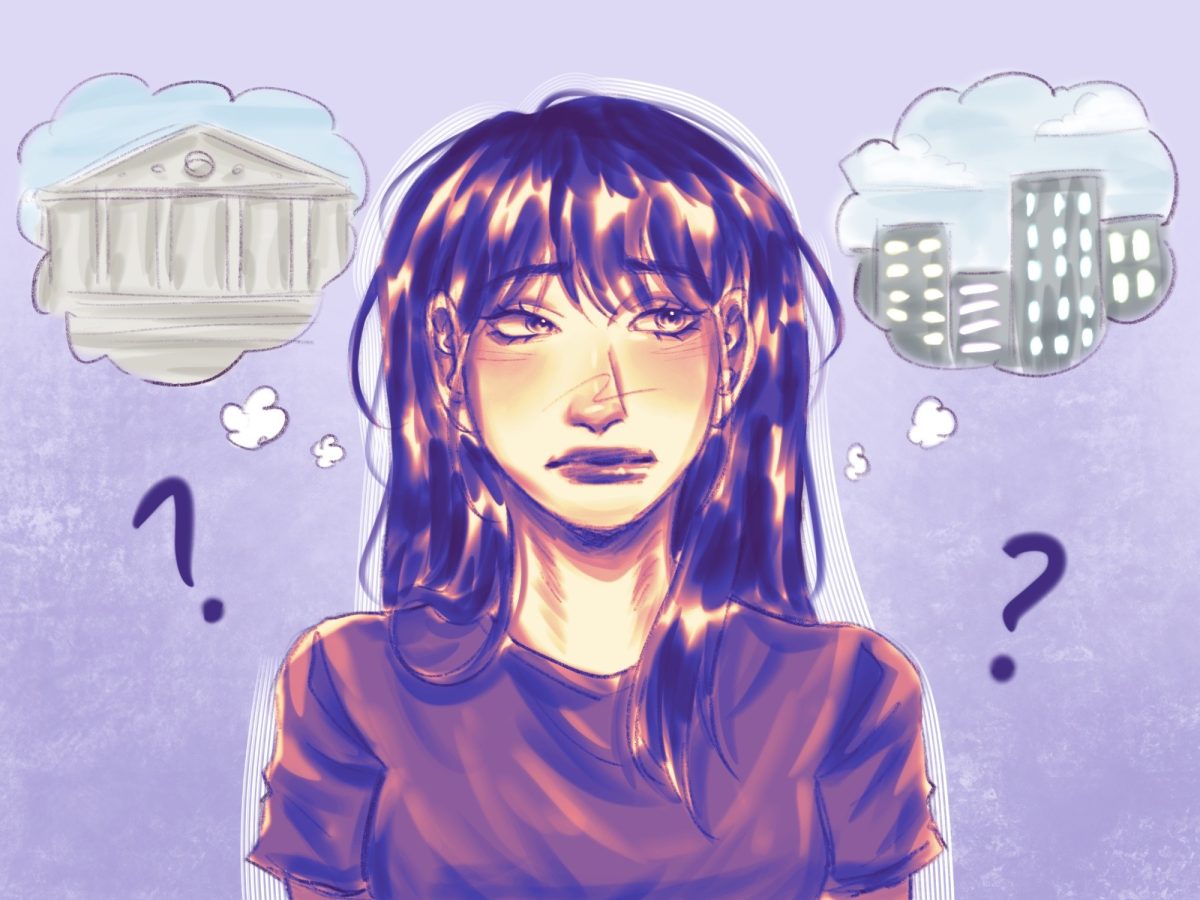In our world of longstanding societal standards, boundaries and expectations, those who don’t fit certain molds stand out and are usually kept out of the limelight. But with time comes change, even if it is slow.
When Naomi Campbell blew up in the late 1980s as one of the world’s very first supermodels and was beloved by iconic designers, such as Gianni Versace, it was a shock to so many people. It was even a shock to herself. Many times in her career she’d been rejected for her skin color.
For Black women who’d been deemed unattractive because of their race, Campbell was and still is an icon and inspiration. However, this didn’t change the fact that every other supermodel was white, and the whole modeling industry still kept extremely low quotas for women of color in shoots and magazines, keeping the complementary fashion industry white.
Even in the music industry, household names like Diana Ross, Whitney Houston and Beyonce set new precedents for surpassing their target Black American audiences and reaching international acclaim and success. However like Campbell, these women are still minorities in their fields. However, to their credit, these women all began paving the way for other women of color to slowly come into the industry over the years.
With all mega celebrities, idolization occurs — fans and tabloids obsess over celebrities’ physical appearance, speculate about their personal lives and follow their every move. With all of this attention, celebrities naturally end up acting as trendsetters and/or opinion leaders whether they intend to or not.
Women of color often end up being fetishized once they reach these high levels of social status, and as a result, their features are fetishized as well. But that comes with time.
In recent years, more specifically the past three years, minorities of all kinds have been using social media to create and promote their own representation — specifically in the media and arts- related fields. Black women of all ages and backgrounds have come together to create spaces and initiatives for Black women as they’ve felt neglected by media and other areas.
Hashtags such as #BlackGirlMagic and #MyBlackRocks were used to promote Black beauty and fashion in spite of standards that ignored these women. With focus on afrocentric physical features, African American hair and fashion trends, these women created a space where they are celebrated fully and without censorship. But this didn’t go unnoticed by other groups.
At the beginning of Campbell’s career, and the end of the 1900s in general, white women and their features dominated beauty and fashion trends. 20 years later, white women are still the best represented. Although now that inclusivity is “in,” people of different backgrounds are beginning to be featured in mainstream media.
However, the difference today is that in the midst of minority voices speaking their truth and celebrating themselves, comes appreciation from people who aren’t in these groups. A great example of this is an overview of the past two decades and beyond. With the rise of the Internet, came the rise of viral dances.
Starting with Soulja Boy releasing the “Crank That” music video on YouTube in 2009, rap songs — especially those accompanied by a distinct dance — would continue to reach the high positions on music charts. These catchy dances would be learned by anyone who saw them, no matter their background or understanding of the culture these dances come from.
With the rise of social media, there are new opinion setters in society. Not necessarily established celebrities or entertainers, but simply people who made posts, jokes and content that is widely shared. A lot of today’s most popular memes, dances and slang seen on widely used apps such as TikTok and Twitter were also started by Black people, specifically Black women.
But the problem is, Black women are not given credit where credit is due. It’s now a trend to see larger butts, lip fillers, excessive tanning, baby hairs styles, braids and “urban” clothing on white women. Instagram influencers especially have co-opted this look, as some beauty standards are shifting towards the adoption of these features.
A non-beauty standard related example would be TikTok star Charli D’Amelio. This 15 year old girl has amassed over eight million Instagram followers and 32 million Tik Tok followers from her popularization of the “renegade” dance, a viral dance to rapper K Camp’s “Lottery.”
However, it was recently revealed that she in fact did not create the dance, but instead took the moves from 14-year-old Jalaiah Harmon, a Black dancer and Tik Tok influencer from Atlanta, Georgia. However, D’Amelio’s career soared to the point where she collaborates with luxury brands such as Prada and is being flown all around the country to perform the dance.
The problem with appreciation is when it turns into appropriation. It’s sad that Black women are being ripped off of their ideas or looks day after day, while others monetize their aesthetic. I wish for a day where Black women and all minorities can be appreciated without being tokenized or commercialized.




























































































